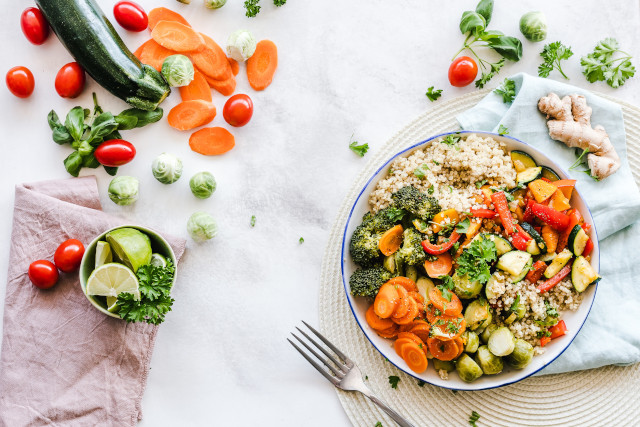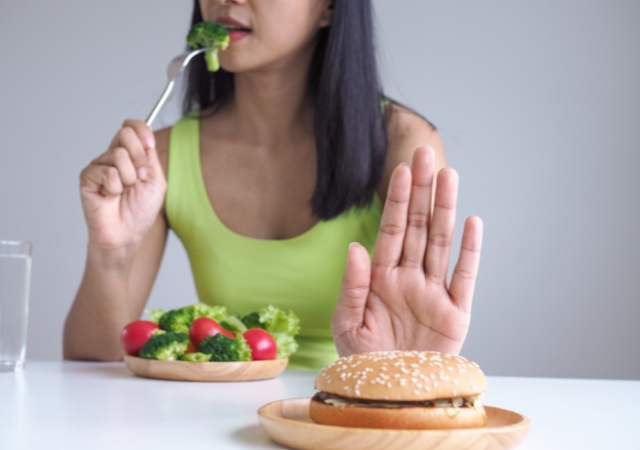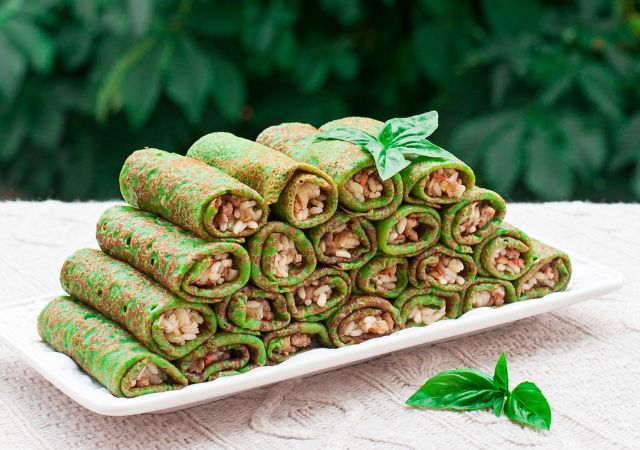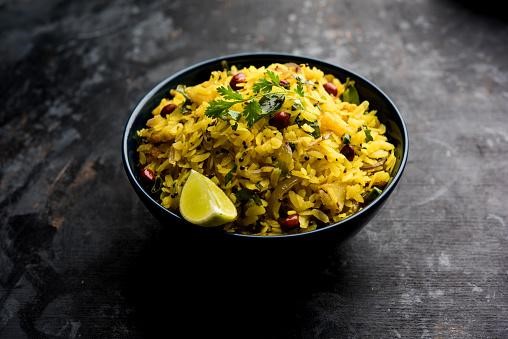
If this is your first time hearing about the cuisine, you are not alone! Poha is a delectable breakfast dish from the Indian subcontinent, which is made by cooking flat, beaten rice in seasoned oil. Poha can be served plain or with vegetables for a more wholesome and nutritious meal.
Contents
The health benefits of poha are manifold, as it contains no cholesterol and very little fat but an abundance of fibre, vitamins, and minerals.
In this article, we will be going through everything you need to know, such as what poha is, the nutritional profile of poha, how it relates to diabetes patients specifically, and whether or not eating poha helps manage diabetes. So, without further ado, let's crunch right into the details.
What is poha, really?
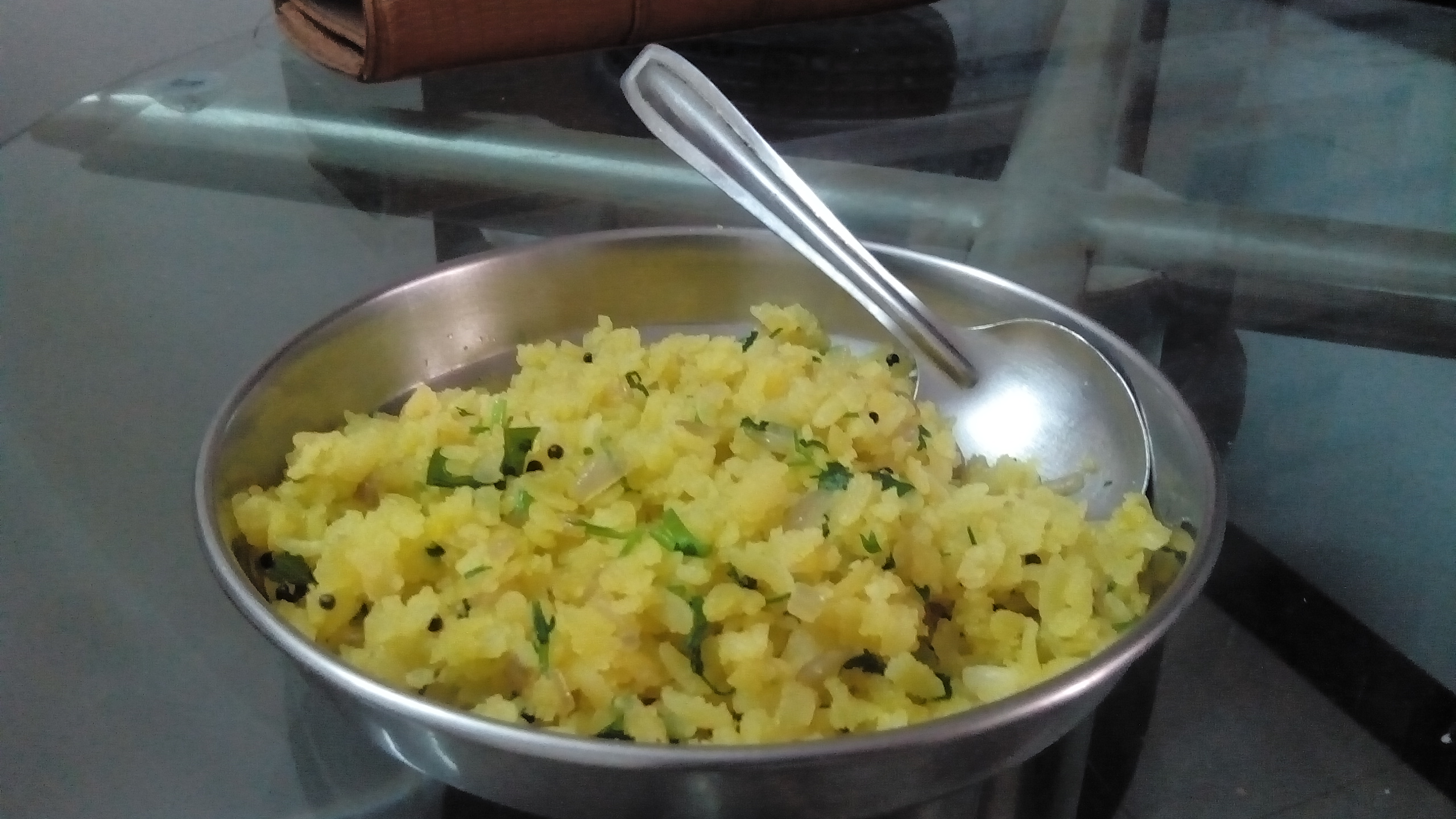
Poha is a popular Indian breakfast dish made from flattened rice, which is a kind of rice that has been parboiled and then dried. This makes it easy to fluff up and eat with your favourite toppings.
Poha is usually served with curd, but it can be eaten with any of your favourite sauces and spices. It typically has a bland taste that pairs well with the spicy curries of Indian cuisine. For instance, protein-rich food can also be used to make various cuisines, such as the poha chivda (a savory snack) or poha poori (a sweet dish).
In addition to being easy to make and healthy, poha is also quick to cook. It can be prepared in less than 10 minutes and requires just three ingredients: rice flakes, salt, and water.
The most important thing to know about poha is that it's high in fibre and low in fat in terms of nutritional value. It contains no saturated fat at all—a rarity among breakfast foods!
Poha: A brief history
Poha is believed to have originated in the Indian state of Gujarat during the 10th century CE as an easy-to-prepare food for soldiers on the battlefields. The practice of eating poha for breakfast became widespread among civilians during colonial rule in India when British officers made it their preferred morning meal.
The nutritional profile of poha
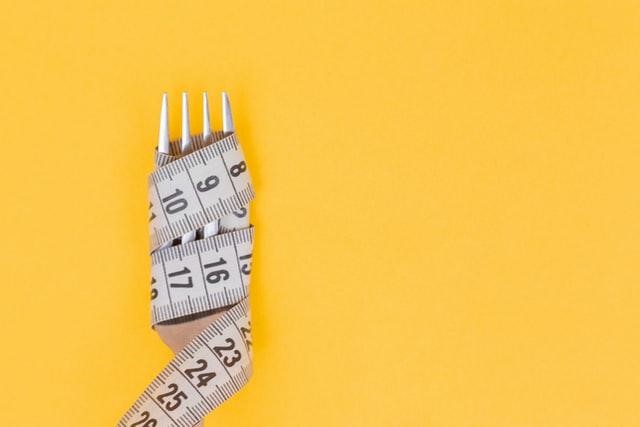
Poha is known to be a good source of carbohydrates, fibre, vitamins, and minerals. Poha is also a good source of proteins. Here is a brief breakdown of its nutritional profile:
Carbohydrates
Carbohydrates are one of the three nutrients that provide energy for your body through their digestion in the liver to glucose (sugar). There are two types of carbohydrates - those that break down quickly during digestion and take a longer time to digest and keep you satisfied for more extended periods of time after eating them.
Poha comes under the category of slow-digesting carbohydrates that help in keeping you full for long periods at any given time during the day due to its rich content in fibre and B vitamins like folate etc., which helps in maintaining good digestive health with regular bowel movements.
Fibre
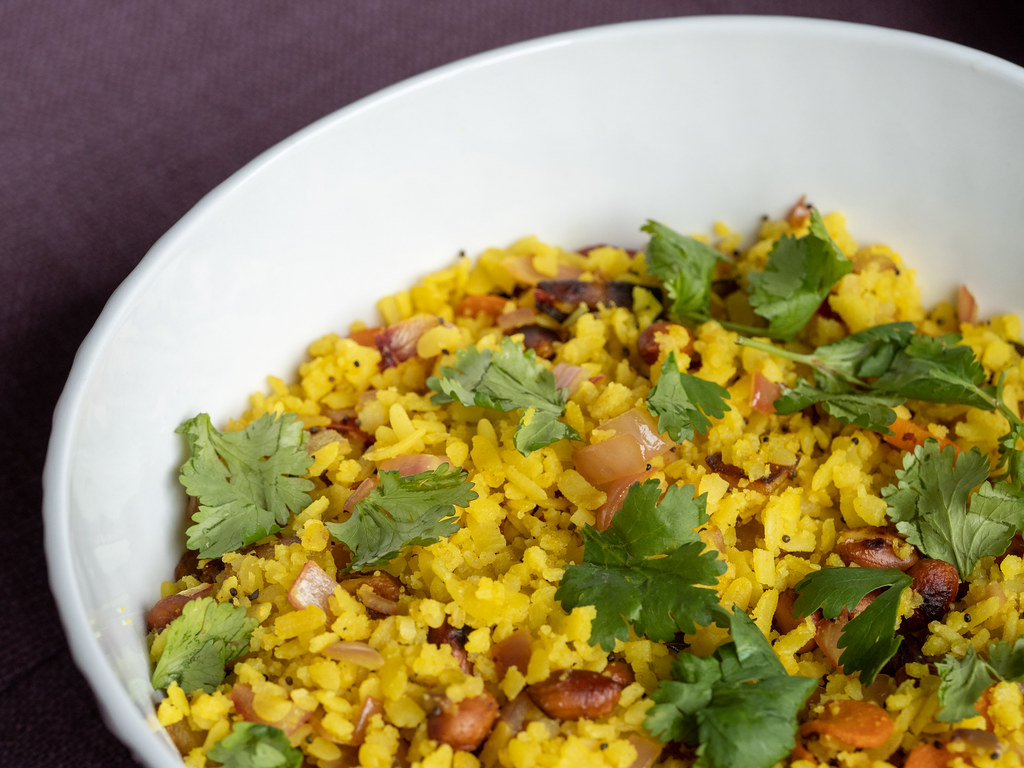
Fibre is an essential part of our diet as it reduces cholesterol levels by removing bile salts from blood circulation through the intestine, thereby keeping blood vessels healthy.
Vitamins & minerals
These foods are rich in vitamins such as Vitamin A, C & E; minerals like iron & calcium; and antioxidants such as phenols found abundantly. These foods also play an essential role in maintaining overall health.
Proteins
Pohe contains dietary protein, which helps build muscle mass while reducing excess fat by burning calories faster than normal.
Health benefits of poha
Low glycemic index

A study published in Diabetes Care showed that eating foods with low GI scores helps prevent diabetes. The glycemic index (GI) is a way of measuring how quickly carbohydrates are broken down into glucose (a form of sugar), which enters the bloodstream after eating them.
The higher the GI value, the faster this happens. This can be useful for people with diabetes as they can manage their blood sugar levels by choosing foods with lower GI values. The GI value of poha varies between 38 and 64, according to various studies conducted by different researchers over the years.
In general, poha has a relatively low GI value compared to other types of rice because its starch granules are less refined than those found in white rice or brown rice, which means they break down more slowly in our digestive system. Hence, this enables the body to regulate blood glucose levels more easily, without the need to worry too much about high blood sugar spikes.
Rich in fiber
Poha is rich in fibre, which makes it a good food for people with diabetes. A diet rich in fibre helps you feel full longer, regulates blood sugar levels and cholesterol levels, protects against heart disease, and even prevents certain cancers!
Poha also helps prevent constipation, another common problem among diabetics since they are often unable to digest food properly due to a lack of insulin in their system.
High in iron and calcium
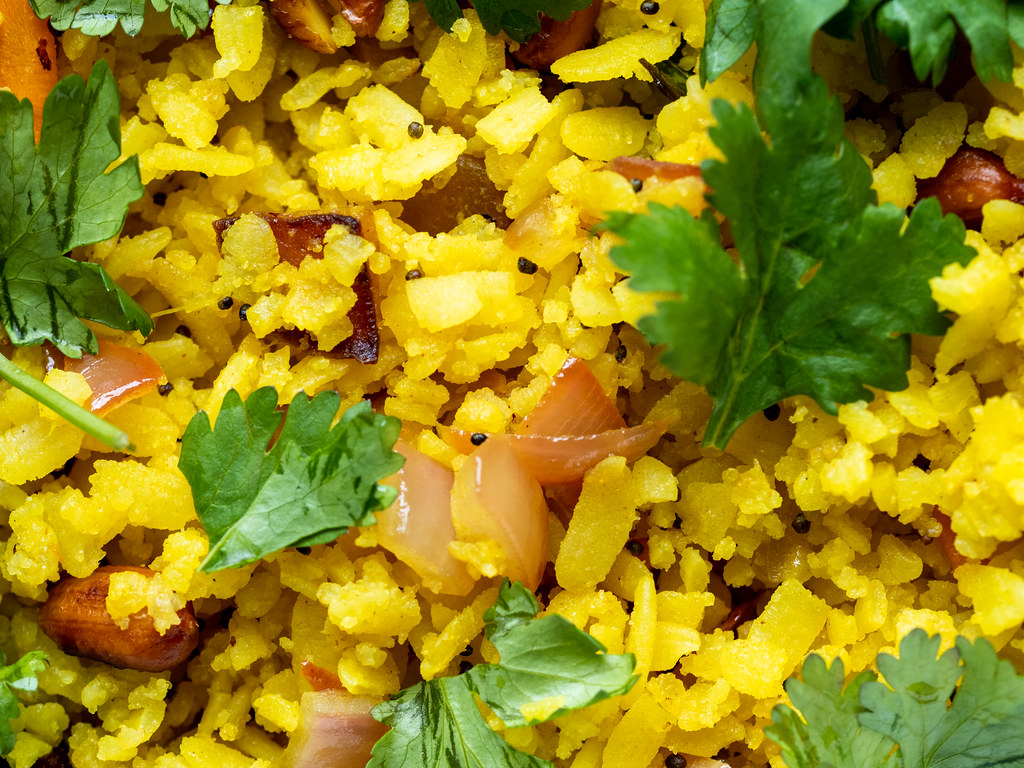
Poha contains high amounts of iron and calcium, which are both essential nutrients that aid in the production of red blood cells (RBCs). The RBCs carry oxygen from your lungs to all parts of your body; without enough RBCs, you may feel tired and weak all the time or even faint!
Iron deficiency anaemia is also very common among diabetics because many foods containing high amounts of iron contain large amounts of sugar. Hence, it's best if you eat whole grain products like poha instead since they have lower glycemic index values than refined grains do.
An abundance of vitamins and minerals
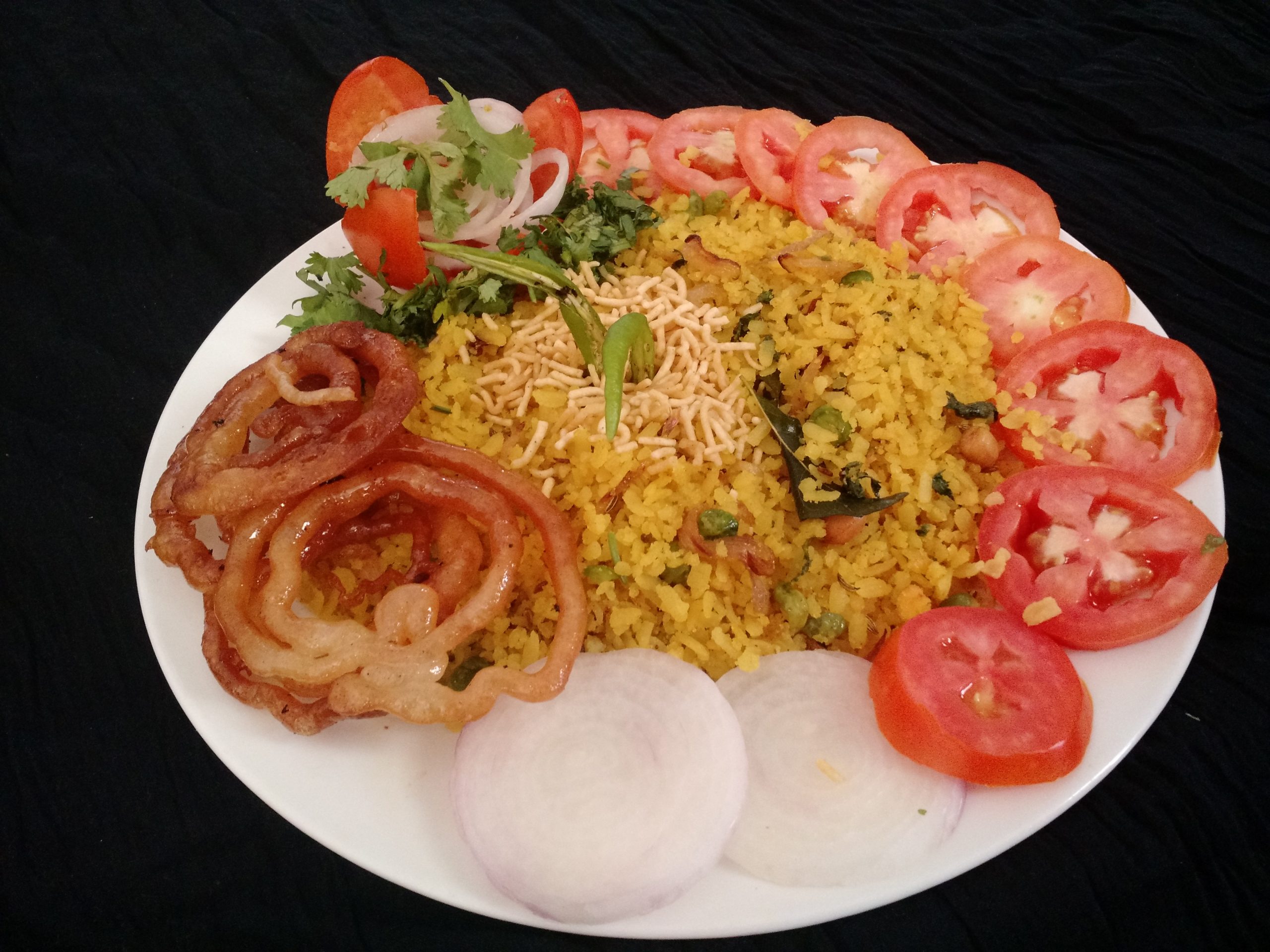
Vitamin C is commonly found in most fruits but what makes poha unique here is that this cereal has 25% more vitamin C than most other cereals do. Alongside its excellent vitamin content, it contains folic acid (B9), which plays a vital role in converting carbohydrates into energy.
Iron deficiency causes anaemia by reducing red blood cell count or haemoglobin levels, thereby affecting oxygen supply throughout our bodies as oxygen cannot reach distant organs when haemoglobin levels decrease due to a lack of sufficient amount present inside these organs themselves.
Risks of eating poha for diabetes patients
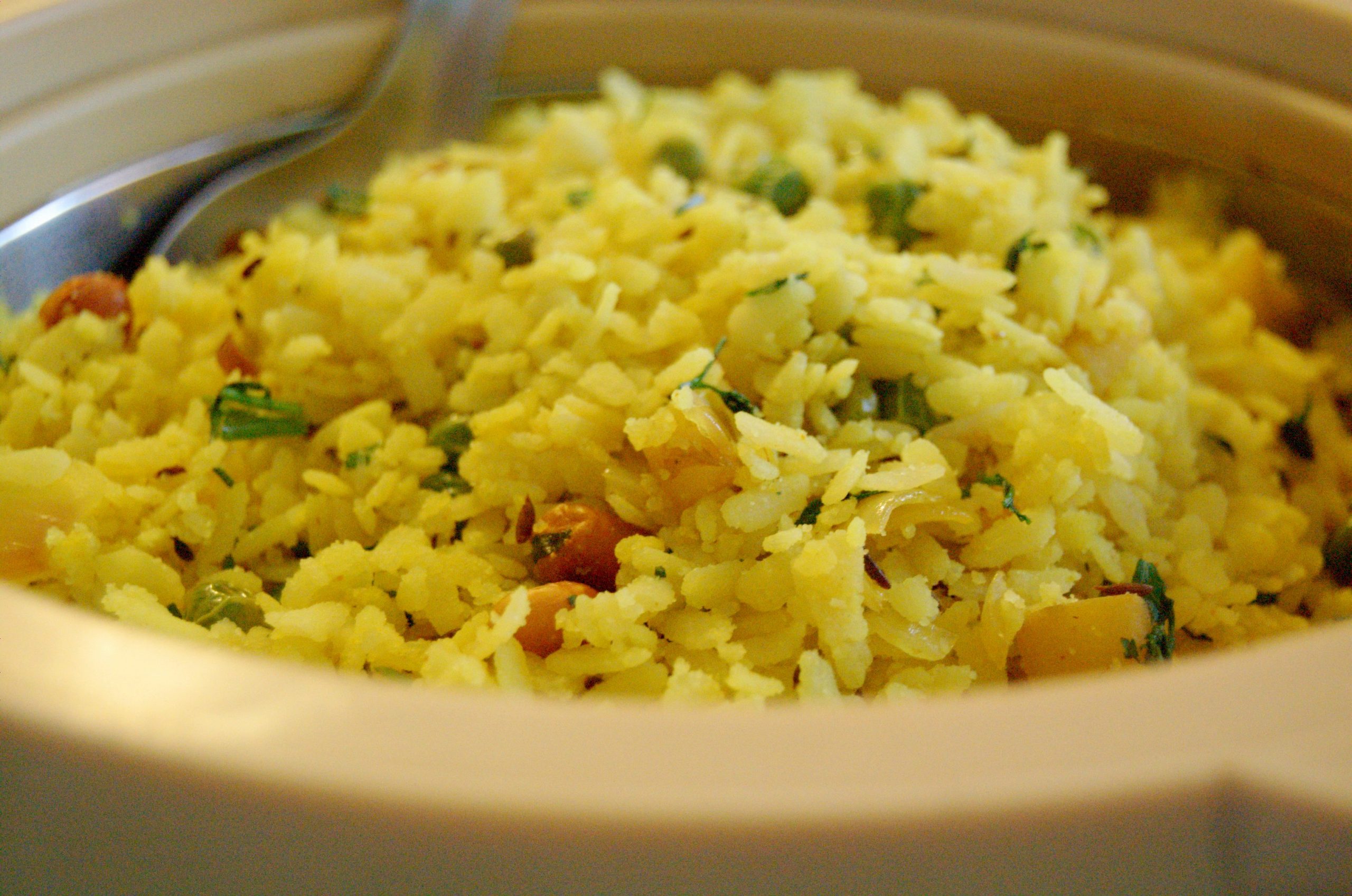
While there are no known risks associated with poha, the only risk is if one consumes too much, as it can still threaten high blood glucose levels when eaten in high amounts.
As with anything, moderation is key. While poha is a healthy food, it should be eaten in moderation like any other food. It can help you get back to your normal lifestyle after being diagnosed with diabetes and lead to better-regulated blood sugar levels.
However, if you have been told by your doctor not to eat poha or any other carb-heavy foods, do not eat them without consulting your doctor first!
Suppose you are still unsure whether poha would be good for you or not. In that case, it’s best to consult a dietician who will design an eating plan specific to your specific needs.
Safest ways to consume poha for diabetics
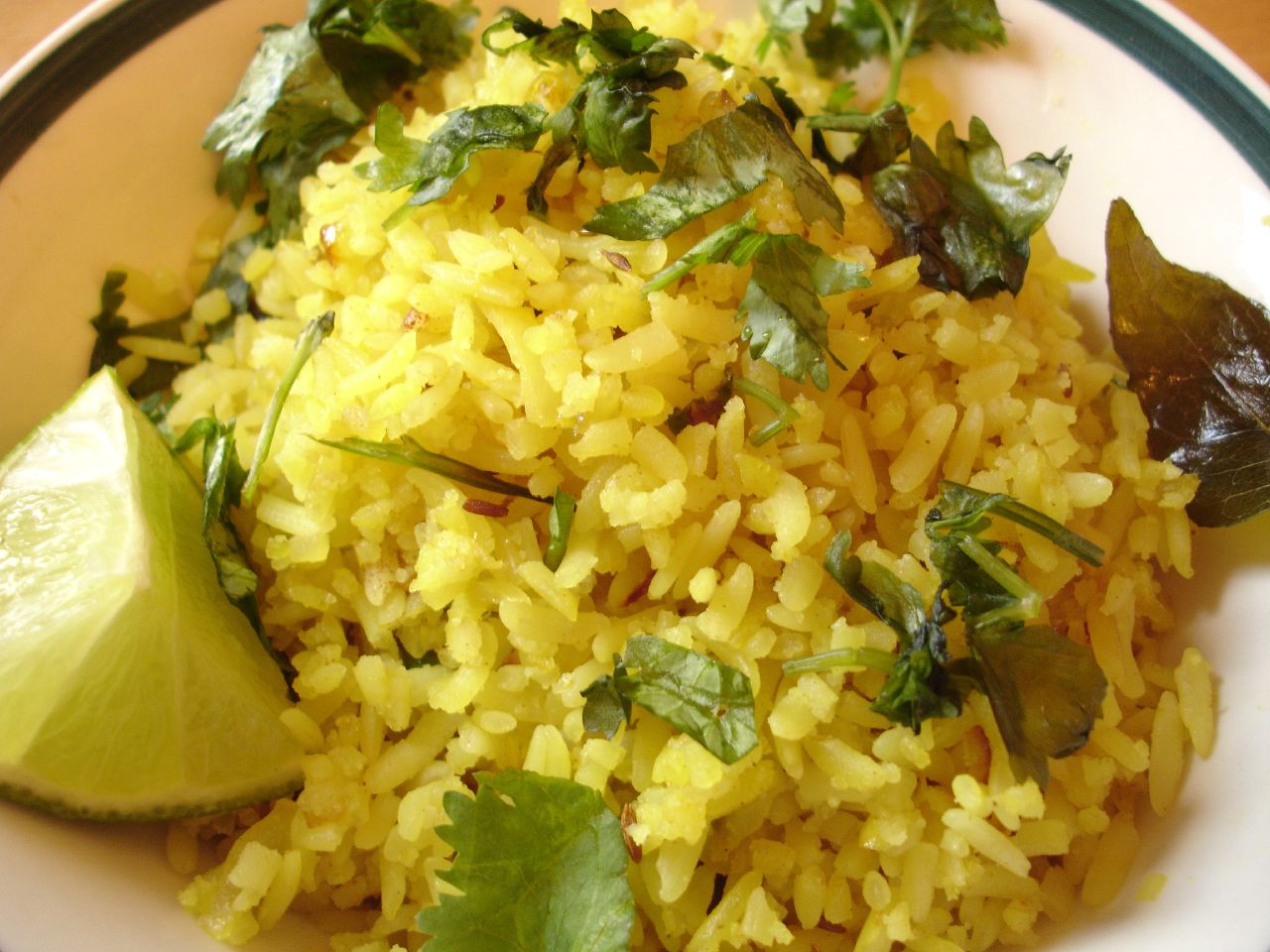
Poha is a versatile dish and can be served in many different ways. It can be eaten as a snack or breakfast; you can eat it with milk, sugar, jaggery, and even nuts to make it more filling. Here are some ideas for using poha safely:
1. With milk
- This is the most common way of eating poha. In this case, you need to soak the poha in water for 5 minutes and then add it to hot milk. It is best to mix them together well so that they don't form lumps while cooking.
- After mixing everything together well, let the mixture boil before switching off your stovetop or gas burner completely (you may also switch off an electric stove top).
- You could use sugar or jaggery instead of regular white sugar if you don't like too much sweetness in your food items!
2. With milk and nuts
- Adding nuts such as almonds at home will give an exciting taste while also providing extra nutrients, which are good for diabetics who already consume a lot of fat from other sources such as meat products like chicken, lamb, etc.
3. Add chopped onions and tomatoes for an added crunch to your poha recipe.
4. You can also add boiled eggs with your poha recipe for a protein-rich dish that will keep you full for longer hours!
The bottom line
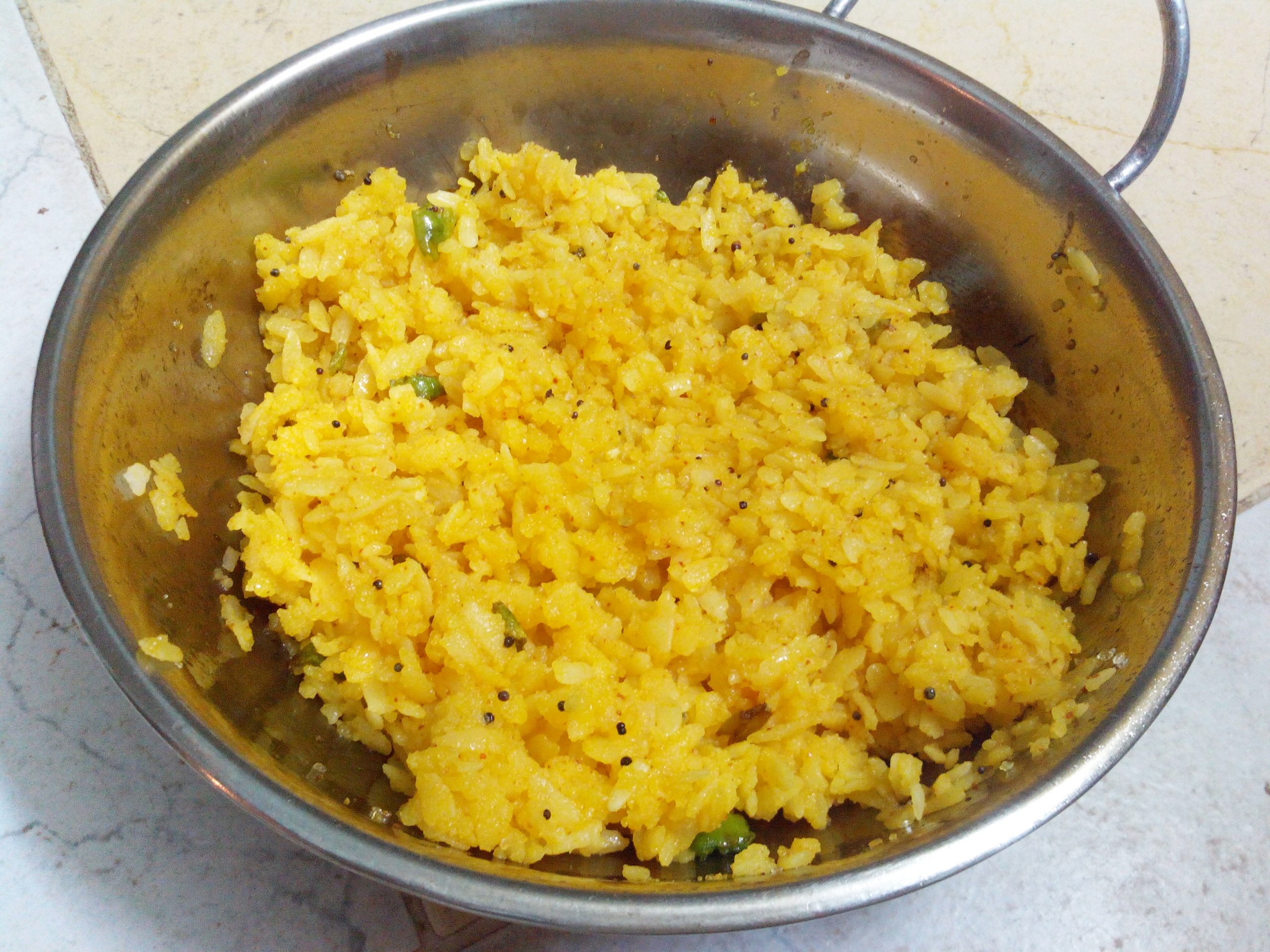
Poha is a great addition to any diet. They seem to be light on the stomach, and they contain a lot of nutrients we all need to have a healthy body. This includes being an excellent source of fibre, protein, and iron and doesn't have too many calories!
If you're diabetic, you can still enjoy poha in moderation. Just be sure that there is no sugar or fruit added before cooking it and that your portion size is controlled. Some of the best ways
It is also important to ask your doctor about how poha affects your blood glucose levels and what other foods might interfere with this process (like fruits).


